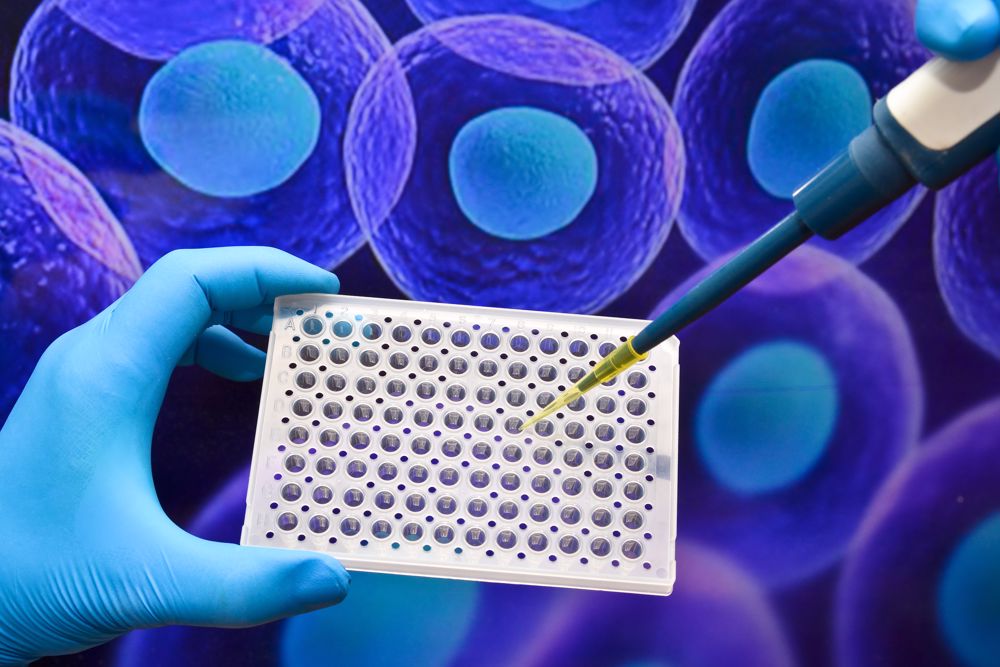Farm-free Food: Food out of thin air? Transforming Science Fiction into Process Engineering
As an example of what food of the future may come from and how chemical engineering can help get us there, we showcase a process developed in Finland by Solar Foods.
This uses a single hydrogenotrophic (hydrogen consuming) bacterial cell culture which exothermically consumes hydrogen, oxygen, carbon dioxide and ammonia (in the form of minerals) to produce a protein flour (with a protein content of 65-70% - ‘Solein’) and water, akin to plant produced protein such as soya.
The growth rate is rapid and the entire process is completed by way of chemosynthesis, without the need for sunlight and or for soil.

The process combines ammonia and carbon dioxide streams with hydrogen and oxygen produced via the electrolysis of river water. The viability of the process depends strongly on the availability of large quantities of low-cost renewable electricity and is currently only at pilot scale.
The energy demand is reduced significantly by utilising a chain of heat pumps which ultimately cools the reactor and partially vaporises the river water for steam electrolysis.
The energy integration scheme cuts the original energy duty by around 50%.
The effluent of the reactor is cooled by one of the heat pumps, which reduces the solubility of the Solein protein in water and maximises the recovery of it in the downstream crystalliser, whilst heating the spray drying section further downstream. The protein-free water stream by-produced in the crystalliser is fed back to the reactor in a closed loop to eliminate the risk of bacterial contamination via the use of river water.
Moreover, the consumption of CO2 by the bacteria transitions the plant towards being carbon negative, rather than just carbon neutral.
Whilst all this does depend on whether the electricity source is renewable, a carbon-negative protein source is a potential game-changer in the fight against agricultural contributions to climate change given that no land and or animal resource is required. It could mimic palm oil by reinforcing all sorts of foods such as ice cream, biscuits, pies, pasta and bread. It might also be used as a medium for growing cultured meat or fish from harvested cells in bioreactors. Another potential benefit is its use as an animal feedstock to replace soya grown on rainforest land. Microbial protein is several times more efficient than soya in terms of land use and requires about a tenth as much water.
So here is a glimpse of the future of low-carbon and farm-free food. Exploiting the cell culture’s sustenance on quite simple feedstocks as part of a scalable process is supported by innovative process synthesis and design. Sometimes innovation is less like rocket science and more like chess!
This story was reported by MSc Chemical Engineering student Vinay Patel as an example of why he became inspired to become a chemical engineer:
“I can honestly say that for those who want to take the future into their own hands, Chemical Engineering is an incredible degree which will not only transform you intellectually, but personally too. Chemical Engineering is more than a degree, it’s a life choice.”